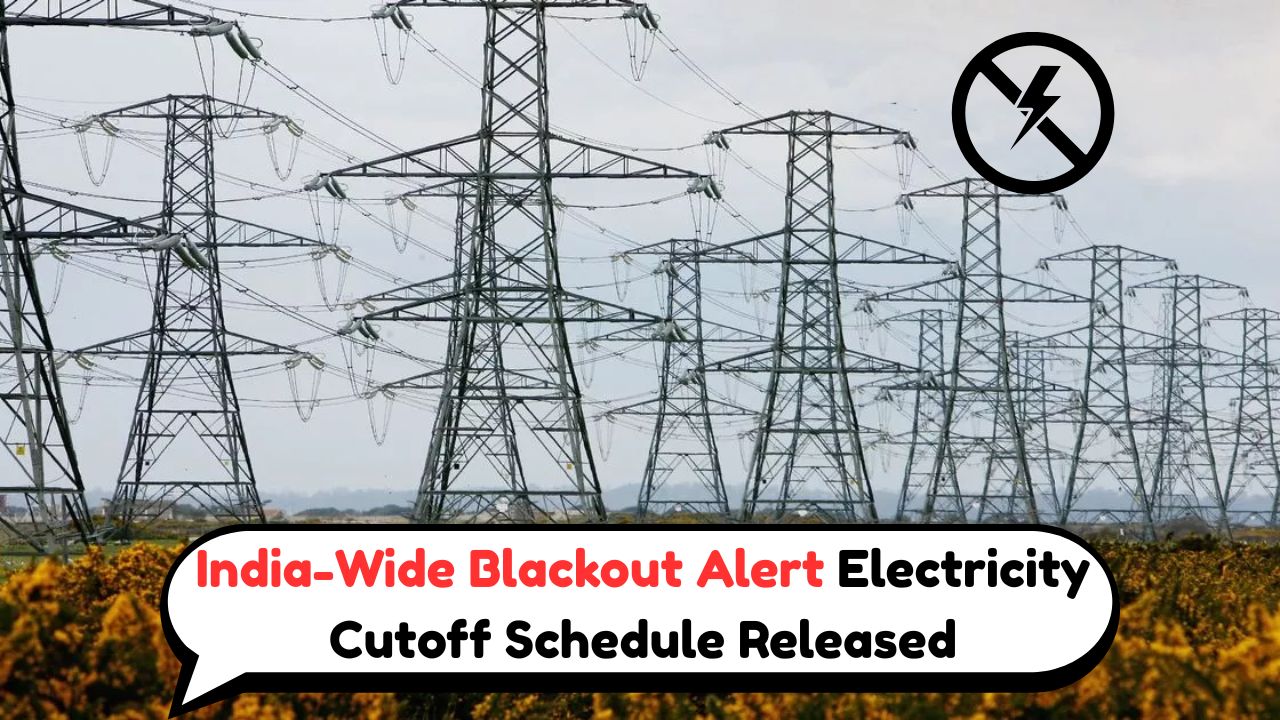₹500 Note Ban – In a major financial update that has caught the attention of every Indian household, the Reserve Bank of India (RBI) has announced the discontinuation of the older series ₹500 notes starting from 1st August 2025. If you still have these old ₹500 notes lying in your wallet, drawers, or savings, this is the time to act. Failing to exchange them before the deadline could result in a total loss of their monetary value. Here’s everything you need to know.
Why Are Old ₹500 Notes Being Banned?
The RBI has stated that this move is part of a broader clean-up of outdated currency and to curb black money and fake note circulation. The older ₹500 notes, which were issued shortly after the 2016 demonetization, are now being phased out to bring uniformity and security enhancements in circulation.
Key Reasons Behind the Ban:
- To eliminate counterfeit ₹500 notes from the system
- To push citizens toward digital and modern currency
- To streamline the denominations in active circulation
- To enforce tighter anti-money laundering compliance
Which ₹500 Notes Will Be Invalid from 1st August?
Not all ₹500 notes are being banned—only the older design series that were issued between 2016 to 2018. The newer ₹500 notes issued post-2018 with enhanced security features will remain valid.
 Maruti Alto EV Launch: Now Get an Electric Alto in Your City for Just ₹1 Lakh – Check Full Details
Maruti Alto EV Launch: Now Get an Electric Alto in Your City for Just ₹1 Lakh – Check Full Details
Major Differences Between Valid and Invalid ₹500 Notes:
| Feature | Valid ₹500 Notes (Post-2018) | Invalid ₹500 Notes (2016-2018) |
|---|---|---|
| Year of Issue | 2018 onwards | 2016 to 2018 |
| Signature | Governor post-2018 | Urjit Patel/earlier |
| Security Thread | Micro-lettering & color shift | Basic metallic thread |
| Color Shade | Grey with greenish tint | Pale grey |
| Motif on Reverse | Red Fort | Red Fort (older print) |
| Printing Quality | High clarity & fine details | Basic print |
| QR Code | Present | Absent |
| Status from 1st August | VALID | INVALID |
What Is the Deadline and What Should You Do?
The RBI has clearly mentioned that the last date to exchange the old ₹500 notes is 31st July 2025. From 1st August 2025, these notes will lose their legal tender status and will not be accepted anywhere.
Steps to Exchange or Deposit Old ₹500 Notes:
- Visit your nearest bank branch before 31st July 2025
- Carry valid ID proof such as Aadhaar or PAN
- You can deposit the notes into your bank account
- Or exchange up to ₹10,000 per day at bank counters
- RBI-authorized currency exchange centers will also facilitate the process
Where Can You Exchange the Old Notes?
The RBI has listed authorized centers where individuals can safely exchange their old notes without hassle.
List of Valid Exchange Points:
| Location Type | Accepting Old ₹500 Notes |
|---|---|
| All Government Banks | Yes |
| Private Banks (ICICI, HDFC) | Yes |
| Post Offices | Yes |
| RBI Regional Offices | Yes |
| Co-operative Banks | Yes (up to ₹10,000) |
| Rural Gramin Banks | Yes |
| Micro Finance Institutions | No |
| Petrol Pumps, Retail Shops | No |
What Happens If You Miss the Deadline?
If you fail to deposit or exchange the old ₹500 notes by 31st July 2025, the consequences can be financially damaging:
- No legal tender value: You won’t be able to use them anywhere
- Banks will not accept them after 31st July
- RBI will not entertain exchange requests post-deadline
- Your money will effectively become zero
Safe Practices to Avoid Loss:
- Do not delay visiting the bank
- Keep a record of the transaction
- Avoid exchanging via unauthorized agents
- Educate family members and domestic workers too
Government’s Official Statement & Reactions
According to the Finance Ministry and RBI press release dated 15 July 2025, this step is aimed at cleaning up the monetary system and aligning with the next-generation currency roadmap.
Public reactions are mixed:
- Supporters say it will reduce fake notes in rural markets
- Critics fear inconvenience for those in remote areas
- Economists say the move is in sync with digital India goals
New ₹500 Note: Features & Identification Guide
To avoid confusion, it is crucial to identify the new valid ₹500 notes correctly.
Features of New ₹500 Notes:
| Feature | Details |
|---|---|
| Color | Stone grey |
| Size | 66mm × 150mm |
| Watermark | Mahatma Gandhi Portrait |
| Security Thread | Green to blue color shift |
| Reverse Design | Red Fort with flag |
| Micro-lettering | ‘RBI’ and ‘500’ |
| QR Code | Yes |
| Year of Printing | Printed on left side |
Check these details carefully before rejecting or accepting any ₹500 note.
This ₹500 note ban may not be as sudden as the 2016 demonetization, but it is equally serious. You still have time until 31st July 2025 to act—don’t waste it.
Action Checklist:
- Check all ₹500 notes in your home and office
- Verify their series and design
- Visit your bank for exchange or deposit
- Educate others around you—especially elderly or unbanked citizens
This is not just another update—it directly affects your hard-earned money. Take the RBI’s ₹500 note ban seriously and act before the deadline. With over 20 crore people still holding older currency, awareness is the key. Stay updated, stay informed, and protect your money.
FAQs on ₹500 Note Ban – August 2025
Q1. Which ₹500 notes are being banned?
Only the ₹500 notes issued between 2016-2018 with older design and fewer security features will be banned. The post-2018 version remains valid.
Q2. Can I exchange ₹500 notes after 1st August 2025?
No, after the deadline, old ₹500 notes will no longer be accepted or exchanged by banks or the RBI.
Q3. Is there any limit to how many notes I can exchange?
Yes, individuals can exchange up to ₹10,000 per day. Deposits into bank accounts can be unlimited but will be subject to KYC compliance.
Q4. Will retailers or petrol pumps accept old ₹500 notes during the grace period?
No. Only banks and RBI-authorized centers will accept the old notes. Businesses will not.
 Power Outage Alert Across India – Check When and What Time Electricity Will Be Cut in Your City
Power Outage Alert Across India – Check When and What Time Electricity Will Be Cut in Your City
Q5. What should I do if I find old notes after the deadline?
Unfortunately, once the deadline passes, those notes will be worthless. It’s advisable to act before 31st July 2025.









